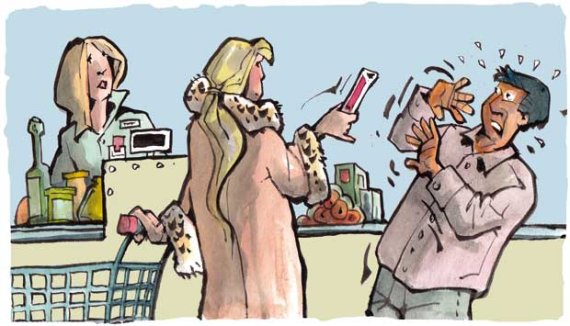The person in front of me put a stick after his items on the conveyor belt to separate them from mine. I thought, why do you need a separation stick? My impression of that person was not so good. Did he think I was going to spoil or steal his goods, or what? I did not react, and then gradually I saw all the other customers doing the same. But I was still confused. In Nepalese culture this action might indicate that I am so stingy or insecure about my goods that I want to demarcate them from those of other people. Somehow it didn’t feel good to start doing it, so I did not. The next time I went shopping, I decided I wanted to use the stick just like everybody else. And I did it. What surprised me was that I received gratitude from the woman behind me, who said ‘thank you’. I was amused by this, not realizing why I deserved that. But then I understood that it is not only a courtesy between clients, it also eases the job of the cashier to sort out the goods. From that point on, I have always carefully put that stick after my goods on the conveyor belt and by now I have earned countless thanks from the Dutch people. And, I also say ‘thanks’ to people in front of me when they do it. Every time I go through this process I recall that moment when I saw this action differently. Ramesh Paudyal, a Nepalese MSc student of Management of Development, Van Hall Larenstein.
checkout customs
The first time I was in a Dutch supermarket I collected my items and went to queue up to pay.

